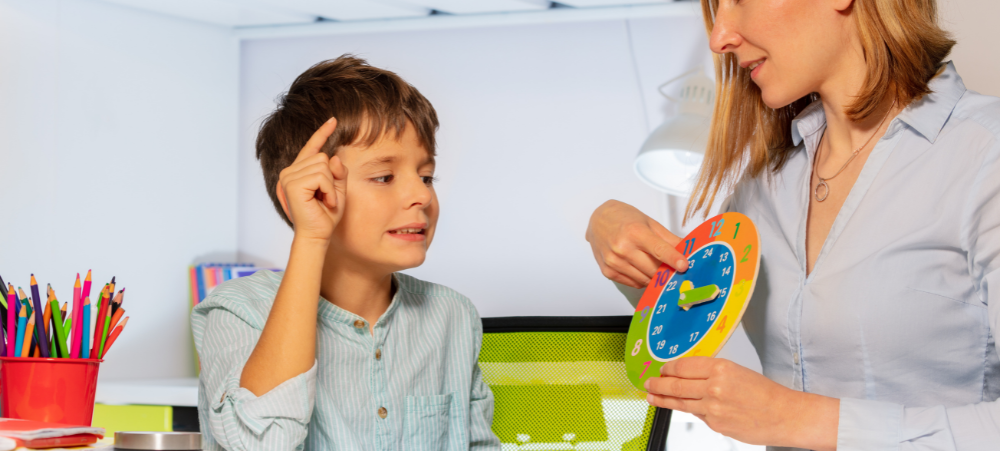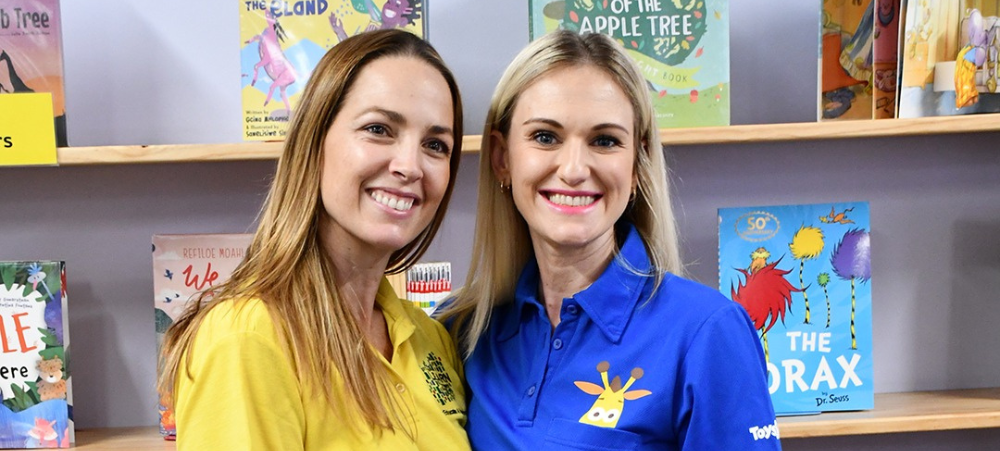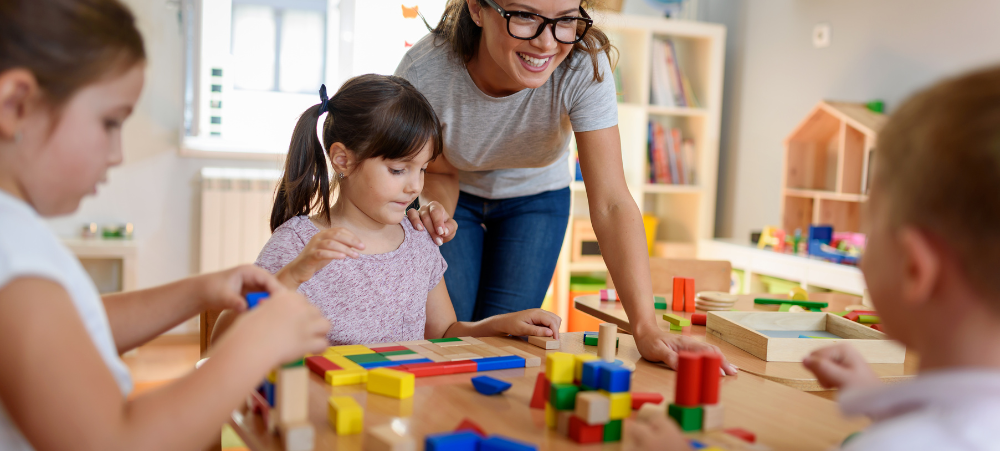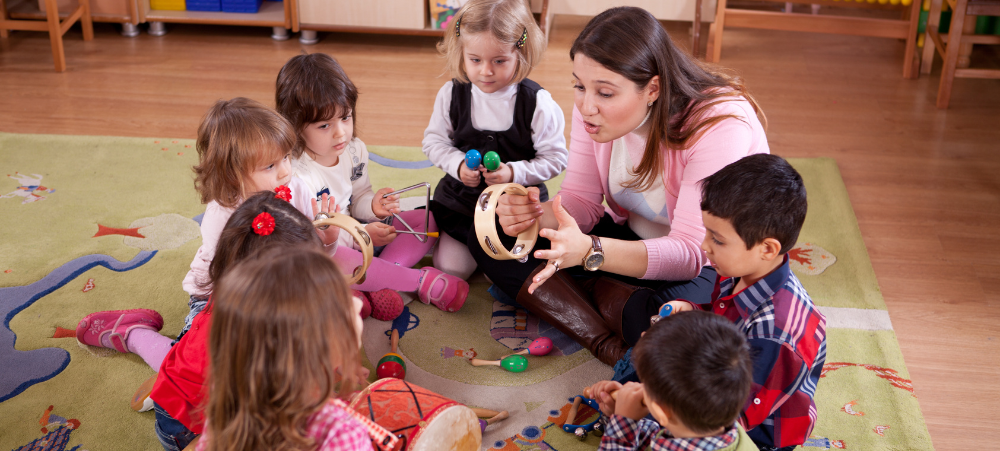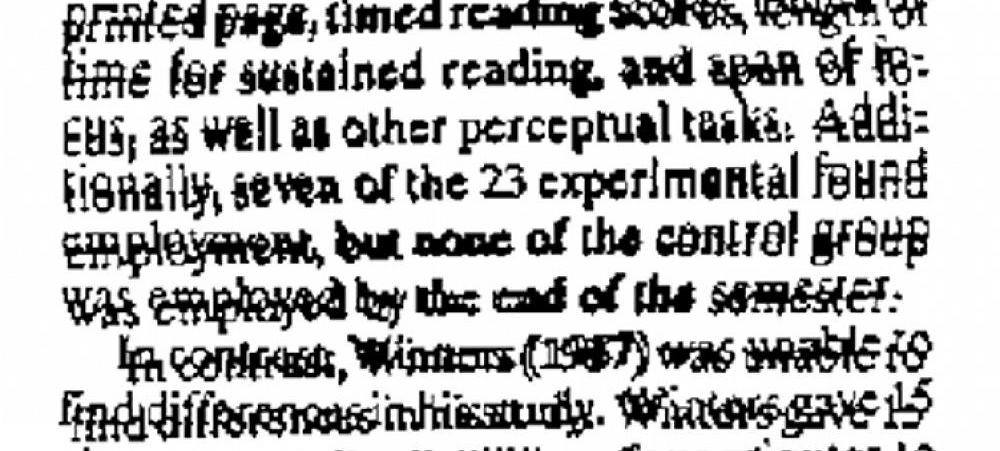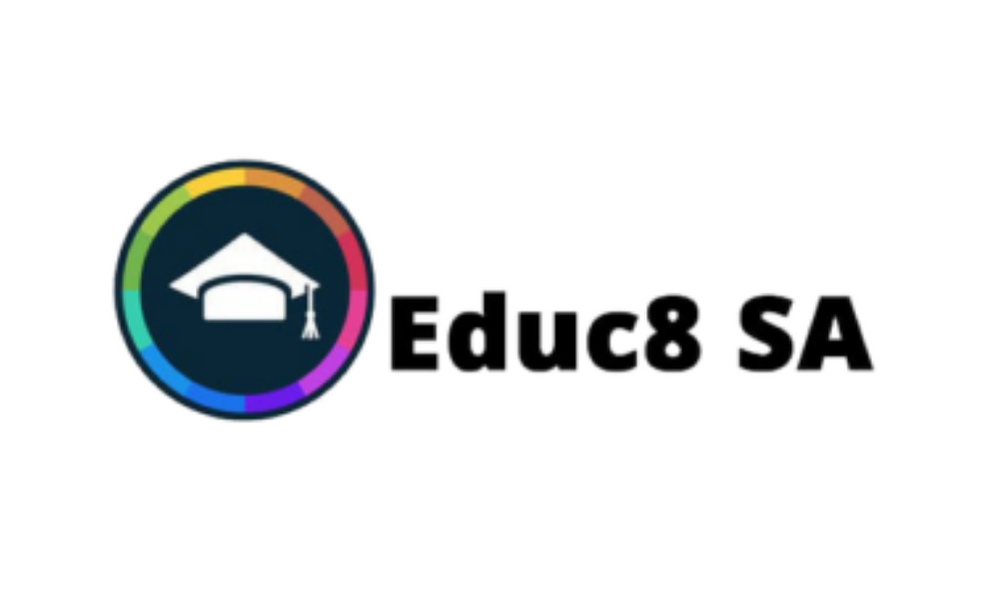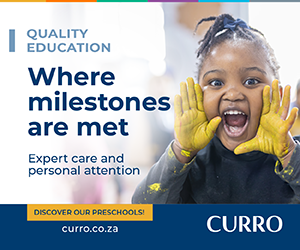
Understanding the trends that will shape SA Education in 2024
For the longest time, education systems have changed at the proverbial glacial pace. However, the rapidity of change in every other human-made system over the past few decades has put education under excruciating pressures to transform, to keep up and prove that it is fit-for-purpose in the modern world. Education in South Africa is undergoing significant transformation which is driven by several key trends. This is ushering in an era where South African children are increasingly being educated in different ways, in different kinds of school environments with their teachers serving in different roles. In short, the education of today’s children is becoming increasingly different from the education that their parents experienced. Mark Anderson, the Principal of Koa Academy, a high engagement online school started in 2021 in South Africa, is a strong advocate for schools delivering a relevant education that ensures that learners develop the real-world skills they need to succeed in the 21st Century. We’ve asked him to unpack six trends that are currently shaping the South African educational landscape and are set to become more evident in 2024. Learning is becoming personalised – Personalised learning customises education to the individual learners needs, interests, and abilities. This is a radical shift from the traditional school classroom model where standardised content is delivered to a group of learners. According to Mark, we’ve known for decades that collective learning is far from effective, and that students learn best when they are on individualised learning pathways. He says, “Due to constraints, we’ve traditionally modelled education on the assumption that if we teach in a very standardised way then most of the learners in the classroom will be with us, and that we might need to differentiate for just a small portion of that group. But the reality is that when we do this standardised teaching and assessing, we actually miss most of the learners. The research is clear, learning is a highly personal journey, and therefore our education needs to be tailored for individual learning, not group learning. So, we are seeing big shifts in the ways that schools are thinking about how content is delivered and how assessments are done to be much more personalised and individualised, while at the same time operating within constraints, which may be economic, geographic, and meeting legislative requirements.” Personalised learning not only changes the education experience for learners. Teachers are no longer mere presenters of content, but the expert guides and facilitators who dynamically support and coach each learner as they progress on their unique learning pathway. “Personalised learning unleashes the real expertise of teachers who are trained to have deep knowledge and experience of how people learn and about different learning styles,” says Mark. “It also addresses the major concerns that parents have when their child is either left behind because they are struggling with certain concepts, or they are bored in class because they grasped some other content more quickly than their peers.” The growth of online education in South Africa is also driving the trend towards personalised learning. Mark says, “The online space is amazing for personalising the education journey. It opens up limitless opportunities to present content in different formats to suit different learning styles. Individualised dashboards and timetables empower learners to chart their own course and track their own progress. These tools also enable teachers to track every learner’s progress in real-time and quickly identify where learners need additional support. At Koa, parents can also access their child’s dashboard every day, and see their child’s progress on their academic targets in real-time.” Mastery and competencies are in the spotlight – The mastery-based approach shifts the focus from advancing because of your age or grade level to advancing because you’ve mastered the concepts. This emphasises not only a deeper understanding of subjects and the abilities to apply learning but also ensures that no student is left behind. Mark says, “The real strength of the mastery-based approach is that we don’t plaster over gaps in learning. Historically, this has been a significant problem for kids in South Africa where they are promoted into the next grade, even when they have big learning gaps. This has happened particularly in Languages and Maths. Kids are pushed through into the next grade because schools understandably must get them through the system. They end up going to the next grade with a shaky foundation and then we keep building on top of that, and it all comes crumbling down. The idea of mastery-based education is that you can move at your own pace. Once you have shown mastery in a particular area, you can move ahead without having to wait for others. So, if a child is particularly strong in Maths and ahead of their peers, they move on quickly. They then have more time to focus on the areas where they are not so strong, perhaps in their language course they may need to slow down or take extra time to get help from a teacher. The mastery-based approach goes hand-in hand with personalised learning, and it doesn’t work in large groups.” For teachers, the mastery-based approach means more precise assessments, greater flexibility, and a redefined role in helping students achieve mastery, rather than just teaching to a curriculum. Gamification has entered the education landscape – With its propensity to deliver dopamine boosts, gamification is making learning more engaging and interactive. Through game elements such as targets, leaderboards, points, and rewards, schools are creating more enjoyable and motivating learning environments. For learners, this trend can encourage problem-solving, collaboration, and creativity as they navigate through challenges and adventures in the pursuit of knowledge. Mark says, “It’s important to note that gamification in education is not just about having fun. It’s about being rewarded for progress and inspiring you to be accountable for your own learning. The idea is that I know what my academic goal is, I know what I must do to reach my goal, and when I reach it, I am rewarded.










